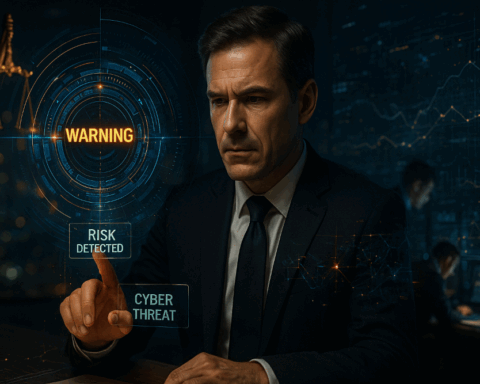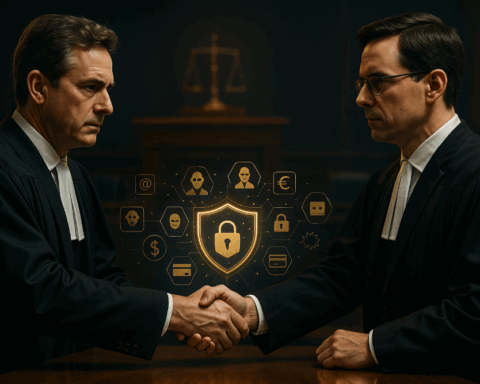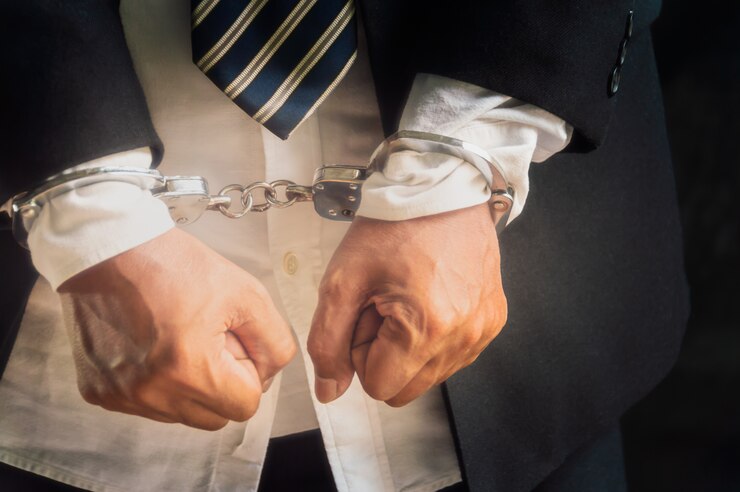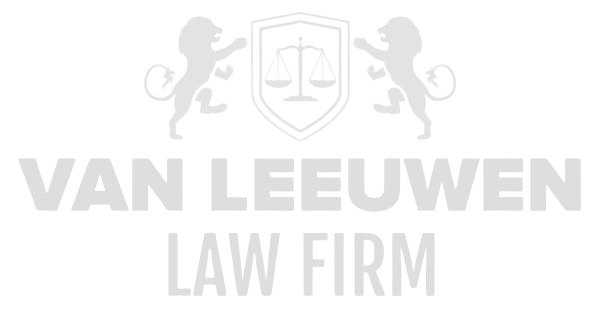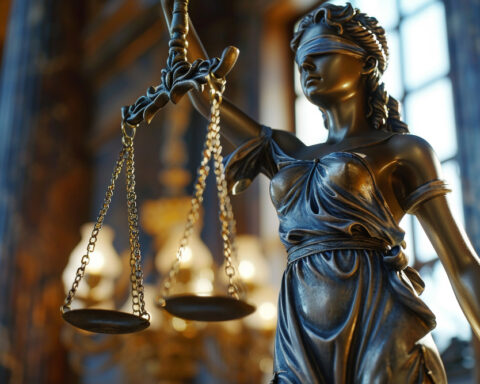Corporate operations, regardless of the size or sector in which an organization operates, are confronted with an increasingly complex regulatory and legal landscape. National and internationally active enterprises, their boards, supervisory bodies, and government agencies face ever‐higher expectations for transparency, integrity, and compliance with laws and regulations. The moment suspicions arise of financial‑economic crime—such as fraud, corruption, money laundering, or accounting irregularities—the entire organization can be destabilized. Not only is the reputation of the entity at stake, but also the continuity of business activities and the trust of stakeholders—including shareholders, customers, regulators, and employees—are severely undermined.
An effective internal investigation is, in this context, a crucial response to any signals or allegations of wrongdoing. Conducting a thorough, independent, and legally grounded inquiry not only allows truth‑seeking to be the primary focus, but also serves as the foundation for strategic decision‑making, risk management, and legal protection. By investigating what has occurred within the organization in a transparent, structured, and in‑depth manner, management and supervisors can both meet their legal obligations and restore or preserve the confidence of internal and external stakeholders.
Legal Foundations and Compliance Obligations
Internal investigations are inherently tied to a web of legal obligations stemming from both national and international legislation. Especially in sectors such as finance, healthcare, energy, and international trade, organizations must adhere to strict standards concerning notification duties, board accountability, and compliance requirements. Once reasonable suspicion of misconduct arises, the organization has a legal duty to treat these indicators seriously and take appropriate measures, including launching an internal investigation.
These obligations are further reinforced by external regulators—such as the Financial Markets Authority (AFM), the Dutch Central Bank (DNB), and the European Central Bank (ECB)—who not only monitor compliance but also have the power to impose sanctions for non‑compliance. Sector‑specific regulators, like the Healthcare and Youth Inspectorate or the Consumer & Markets Authority (ACM), likewise consider internal investigations essential. In cross‑border contexts, legislation such as the U.S. Foreign Corrupt Practices Act (FCPA) and the U.K. Bribery Act add further complexity to the legal framework.
Beyond formal duties, societal expectations increasingly justify the need for internal investigations. Stakeholders demand transparency and accountability from organizations and their leaders. Failing to adequately investigate internal misconduct may result not only in legal liability but also in severe reputational damage, loss of market position, and reduced access to financing. Compliance with legal requirements thus becomes more than a formality—it is a vital component of strategic risk management.
Signal Detection and Investigation Initiation
The success of an internal investigation begins with correctly detecting signals that may indicate undesirable or fraudulent behavior within the organization. These signals can originate from diverse sources, including whistleblowers, internal audits, compliance monitoring, external reports, or transaction‐monitoring systems. An effective detection framework requires a culture in which employees feel safe reporting suspicions of irregularities, supported by a robust whistleblower policy and confidential reporting channels.
Once signals are received, it is necessary to assess—in a legally and factually substantiated manner—whether a formal internal investigation should be launched. This decision demands a careful balancing of interests, weighing not only the nature and severity of the alleged conduct but also the potential legal and reputational risks of inaction. Responsibility for this decision typically rests with the board of directors or supervisory board, often with input from external legal experts.
The initiation of the investigation must then be documented transparently and in compliance with legal requirements, including the investigation’s scope, the key questions, the intended timeline, and the investigators’ authority. This preparatory phase is critical for safeguarding the investigation’s independence, objectivity, and effectiveness. Any inconsistencies or ambiguities at this stage can undermine the credibility of the entire process and lead to legal challenges by those involved.
Structuring and Planning the Investigation
A successful internal investigation requires a detailed and well‑thought‑out investigative structure. The first step is drafting an investigation plan that identifies the problem statement, investigative questions, fact patterns to examine, individuals involved, and relevant departments. The plan must also outline methodologies for evidence collection, communication protocols, data security measures, and handling of legal privileges such as attorney‑client privilege.
The investigation’s timeline is influenced by the urgency of the situation, the organization’s size, and the nature of the allegations. In cases of ongoing external inquiries or impending publicity, the investigation must proceed with utmost urgency without sacrificing the necessary thoroughness. Maintaining confidentiality is crucial at this stage to prevent unauthorized leaks, reputational harm, or any obstruction of the inquiry.
Concurrently, the organization must manage internal communications about the investigation. Uncertainty can breed speculation, reduce productivity, and damage morale. A carefully balanced communication strategy—combining transparency with confidentiality—helps maintain calm and stability during the process. Legal guidance is essential in determining what, when, and how information is shared with internal stakeholders.
Information Gathering and Analysis
At the core of every internal investigation is the collection, preservation, and analysis of relevant information and evidence. This typically involves a wide array of sources: emails, documents, financial records, internal communication platforms, access logs, IT systems, and security footage. Forensic IT methods play an increasingly significant role, especially when securing or analyzing digital footprints.
During evidence collection, strict compliance with data protection laws—such as the General Data Protection Regulation (GDPR)—is vital. Accessing personal data without a valid legal basis can lead to legal complications and diminish the evidentiary value. A proper balance of interest, proportionality, and necessity must guide every action in this process.
After collecting the evidence, a thorough data analysis follows, aimed at answering the investigative questions. This requires carefully juxtaposing facts, context, intent, and applicable regulations. The reliability and integrity of the analysis depend heavily on the investigators’ expertise, the methodology used, and the comprehensiveness of the sources. Only a robust, legally supported analysis provides a sound basis for responsible decision‑making.
Interviewing Involved Parties
An indispensable element of any internal investigation is interviewing those involved and potential witnesses. Interviews provide valuable context, clarification, and additional insights that cannot always be gleaned from written evidence. These sessions must be conducted professionally, legally, and respectfully. Each interview should be prepared with specific questions, consideration of the interviewee’s background, and the facts already known.
Fundamental rights of the interviewees must be upheld throughout the process. This includes the right to be heard, the opportunity for legal representation, and protection against self‑incrimination. The presence of legal counsel during interviews may be necessary, particularly when criminal or employment‑related sanctions are possible. Upholding due process principles reinforces the investigation’s legitimacy.
Accurate documentation of the interviews is a critical component of the evidentiary record. Interview notes must be recorded, quoted, and interpreted with utmost care, considering nuance, context, and reliability. Inconsistent or biased documentation can not only create legal risks but also undermine the credibility of the entire investigation report.
Drafting the Investigation Report
The final report of an internal investigation serves as the formal culmination of the investigative process and as a decision‑making tool for management or the supervisory body. The report should include an executive summary, a description of the methodologies used, a detailed presentation of findings, a legal interpretation of the facts, and a well‑reasoned conclusion. Transparency, diligence, and objectivity are the guiding principles.
A comprehensive report not only reconstructs the facts but also identifies system failures, control gaps, and cultural factors that may have contributed to the misconduct. These insights form the basis for structural recommendations regarding governance, compliance, and risk management. Thus, the report transcends its legal function and becomes an instrument for organizational improvement.
When preparing the report, one must anticipate its potential external use. Often, a derivative or anonymized version is shared with regulators, shareholders, or judicial authorities. Therefore, the report’s structure, tone, and legal soundness must withstand external scrutiny. Collaboration between legal and communications experts is indispensable in this phase.
Assessing Legal Consequences
Upon conclusion of the investigation, organizations face consequential decisions about next steps. Depending on the findings, they may choose disciplinary actions, civil claims, criminal referrals, or a combination thereof. Each option carries specific legal implications, decision‑making frameworks, and risks. A holistic legal assessment of the potential outcomes is therefore crucial.
Implementing legal measures requires a careful balance between enforcement, reputational protection, and proportionality. For instance, terminating an employee or initiating a civil lawsuit must be supported by solid evidence and comply with employment and procedural law. Hasty or ill‑considered actions can lead to counter‑claims, damages suits, or adverse media attention.
Engaging with external regulators, public prosecutors, or foreign authorities also demands a legally grounded, strategic approach. This involves not only transparency and cooperation but also safeguarding sensitive business information, limiting liability, and coordinating communications. Expertise in administrative, criminal, and corporate law is essential during this phase.
Aftercare, Governance, and Culture Change
An internal investigation is not complete upon publication of the report; implementing the recommendations is an integral part of the process. This includes formal measures—such as revising procedures, enforcing segregation of duties, or restructuring departments—as well as informal interventions like training, awareness programs, and cultural change initiatives. Only through structural follow‑up can organizations prevent similar incidents from recurring.
Restoring trust within the organization requires visible and credible actions from leadership. Transparency about the measures taken, acknowledgment of failures, and demonstration of committed leadership all contribute to rebuilding morale and strengthening integrity. This aftercare phase often spans a considerable period and demands constant monitoring, evaluation, and adjustment of measures.
Moreover, the investigation should prompt a critical review of the broader governance and compliance framework. Do existing controls meet today’s requirements? Is oversight sufficiently independent? Are the organization’s soft controls—its culture, leadership tone, and incentive structures—effective? Systematically addressing these questions not only resolves the incident but also reinforces the organization’s structural resilience.


